Before starting to show the collection itself, we are going to define what toy soldiers and scale figures or military miniatures are.
TOY SOLDIERS
As their name indicates, toy soldiers are small toy figures whose mission was to serve children as such. At the beginning of their existence they were made of lead and were painted with bright paints, being expensive toys and only suitable at the beginning for families with great purchasing power. They were sold in ornate cardboard or wooden cases in sets of between four and twelve pieces.
With the industrialization of handicrafts, tin soldiers suffered a notable drop in price and became a very popular toy from the mid-19th century until the years of the First World War, during which tin soldiers ceased to be manufactured due to the need for lead. of the war conflict and the composition soldiers appeared, some figures with a wire skeleton covered by a paste of paper, glue and kaolin. Painted in matt colours, unlike the glossy painted lead figures, these composition figures were widely accepted in Germany, Austria and Italy although they were sold almost everywhere in the world.
After the Second World War, the composition figures stopped being produced and the tin soldiers returned, although almost as collector's items, since hand-painted plastic figures would soon appear, popularizing toy soldiers like never before. . These plastic figures had their heyday between the 60s and the 80s until the appearance of electronic toys.
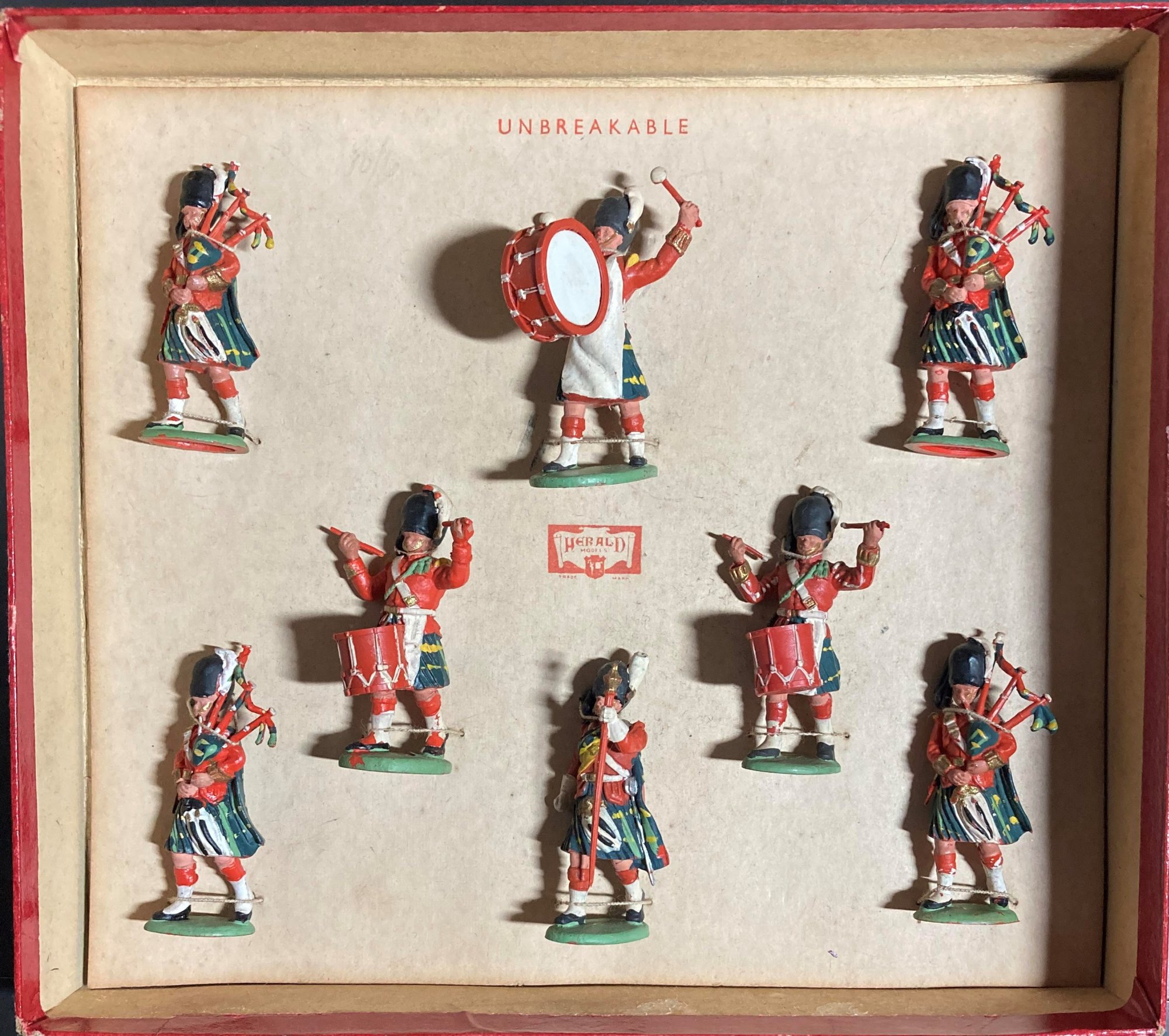
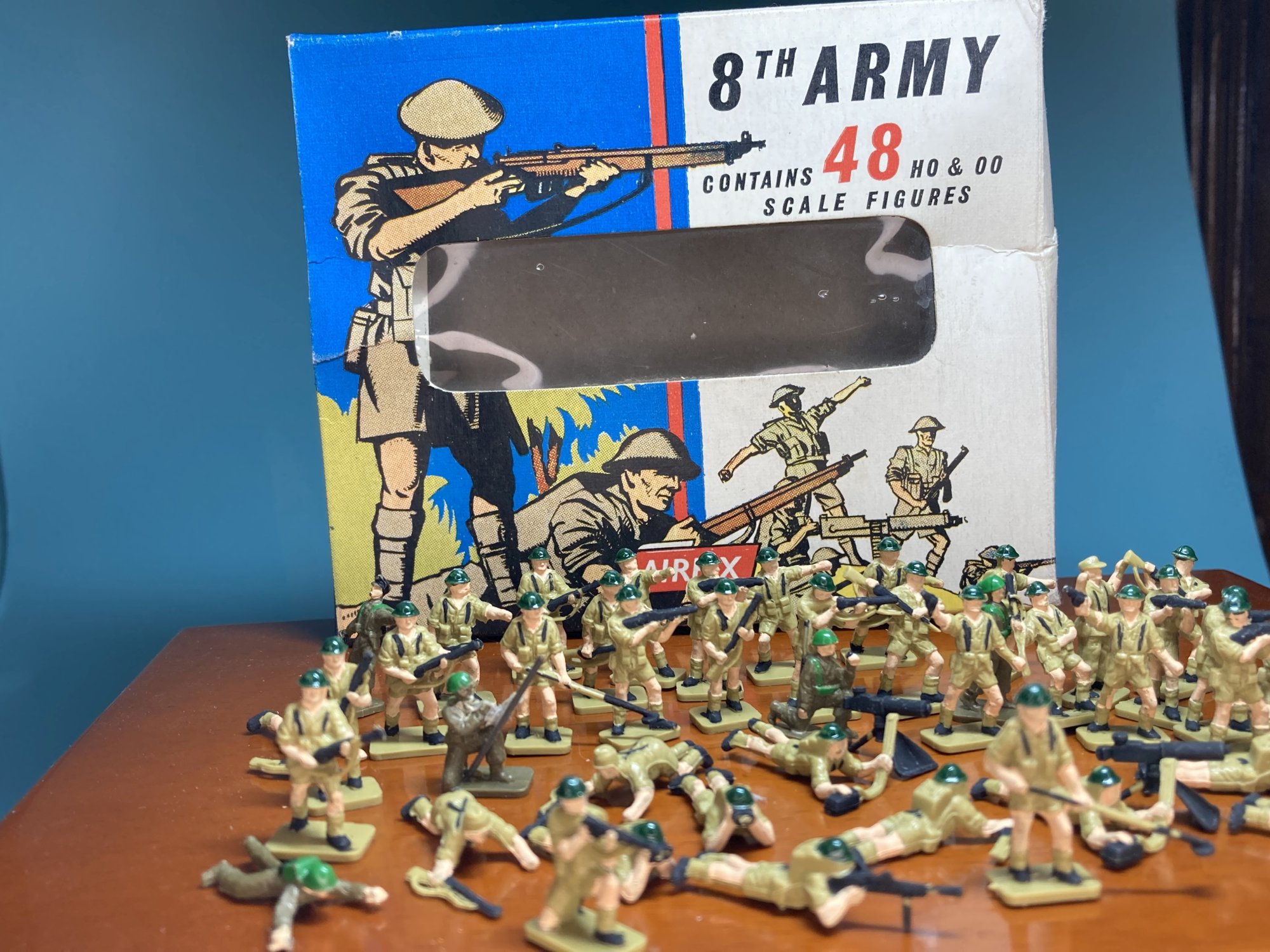
MILITARY MINIATURES
The main difference between toy soldiers and military miniatures is that the purpose of the latter is not the game. They are collector's items that aim to reproduce in the most exact way possible the uniforms and equipment of the different armies of the world in all imaginable eras and conflicts.
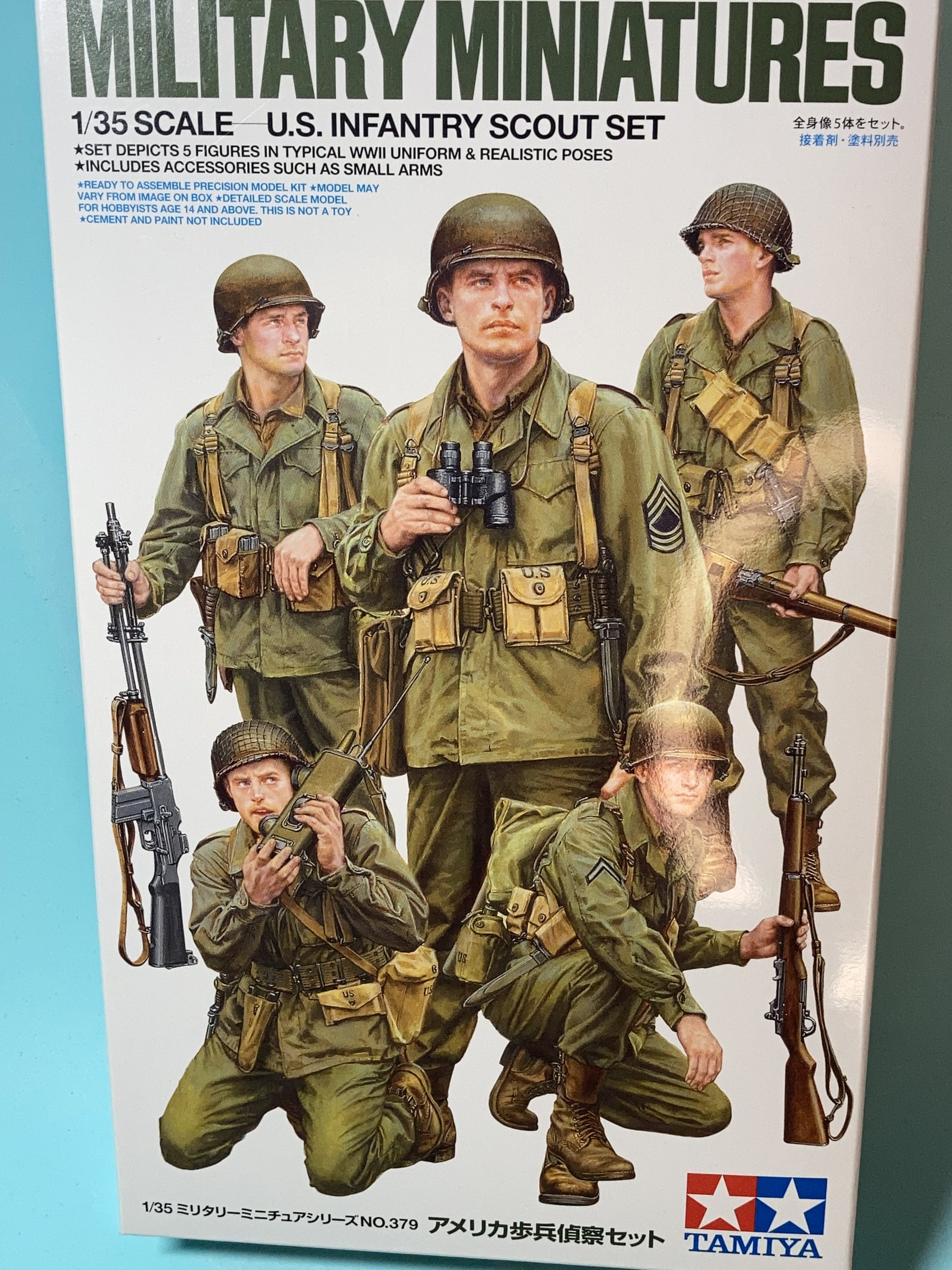
Most of us military miniatures collectors also paint our figures. These are sold unpainted in various formats, scales and materials that we will describe throughout the web. Initially the figures were painted with oil paints and with special synthetic enamels that gave relatively good results. However, at the beginning of the 90s a school of figure painters and modelers arose that was going to revolutionize the modeling world: the new figure modeling techniques made them reach quality standards never seen before. And above all, in terms of painting, unimaginable until then. A young modeler from Malaga, Raúl García Latorre introduces figure painting using acrylics through a complex system of glazes and transparencies. Raúl's figures cause astonishment in the different international competitions and will forever change the world of military miniaturism at an international level. In my particular case, I have been unable to learn the techniques of painting with acrylics, so I continue to use enamels and oils. Logically my figures will never reach the quality of acrylic artists but for me and my collection they are perfectly valid.
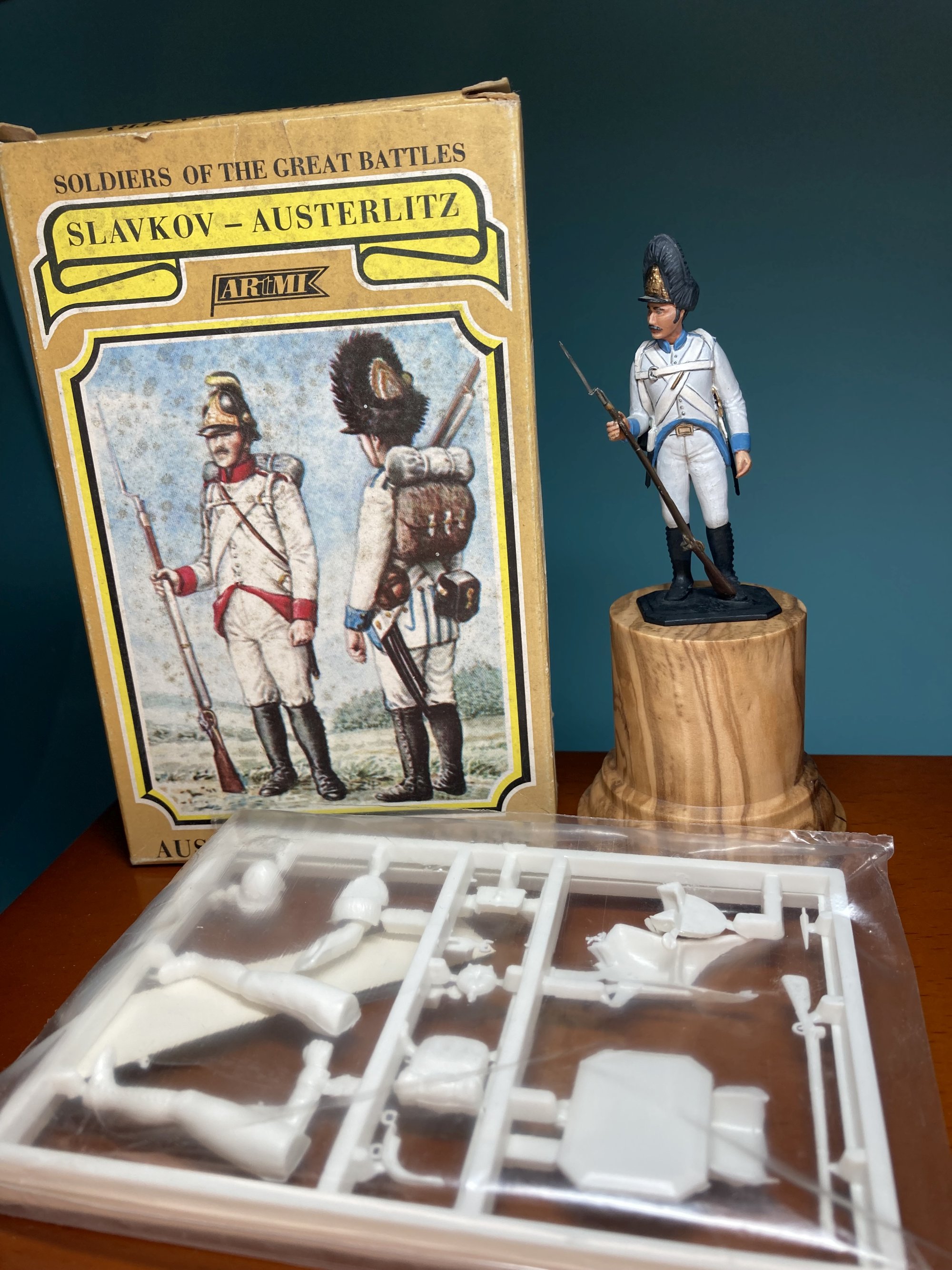
There are also, in the field of military miniatures, people who buy commissioned figures painted by different artists. They are people with great purchasing power who, either due to disability or lack of time, do not give up the hobby even if it is at the cost of making large outlays of money.
We could make the following classification of the figures that we consider military miniatures:
MATERIALS
- Plastic.
- Styrofoam or hard plastic. They come in boxes with several figures in the form of an assembly kit. Their variety is endless and in recent years they have reached an incredible level of quality.
- Polyethylene or soft plastic. They are made only on small scales. The larger scale figures in polyethylene are considered as toy soldiers.
- Polyurethane resin.
- Although it has been on the market for more than 30 years, polyurethane resin has been the great novelty in terms of materials in the world of military miniatures. It is a liquid material with great fluidity, which allows the figures to be reproduced in silicone molds with great realism. Resin figures are sold in almost all scales.
- White metal figures.
- The classic alloy that was used to make tin soldiers. Metal figures are made in all scales and the number of existing brands is impressive.
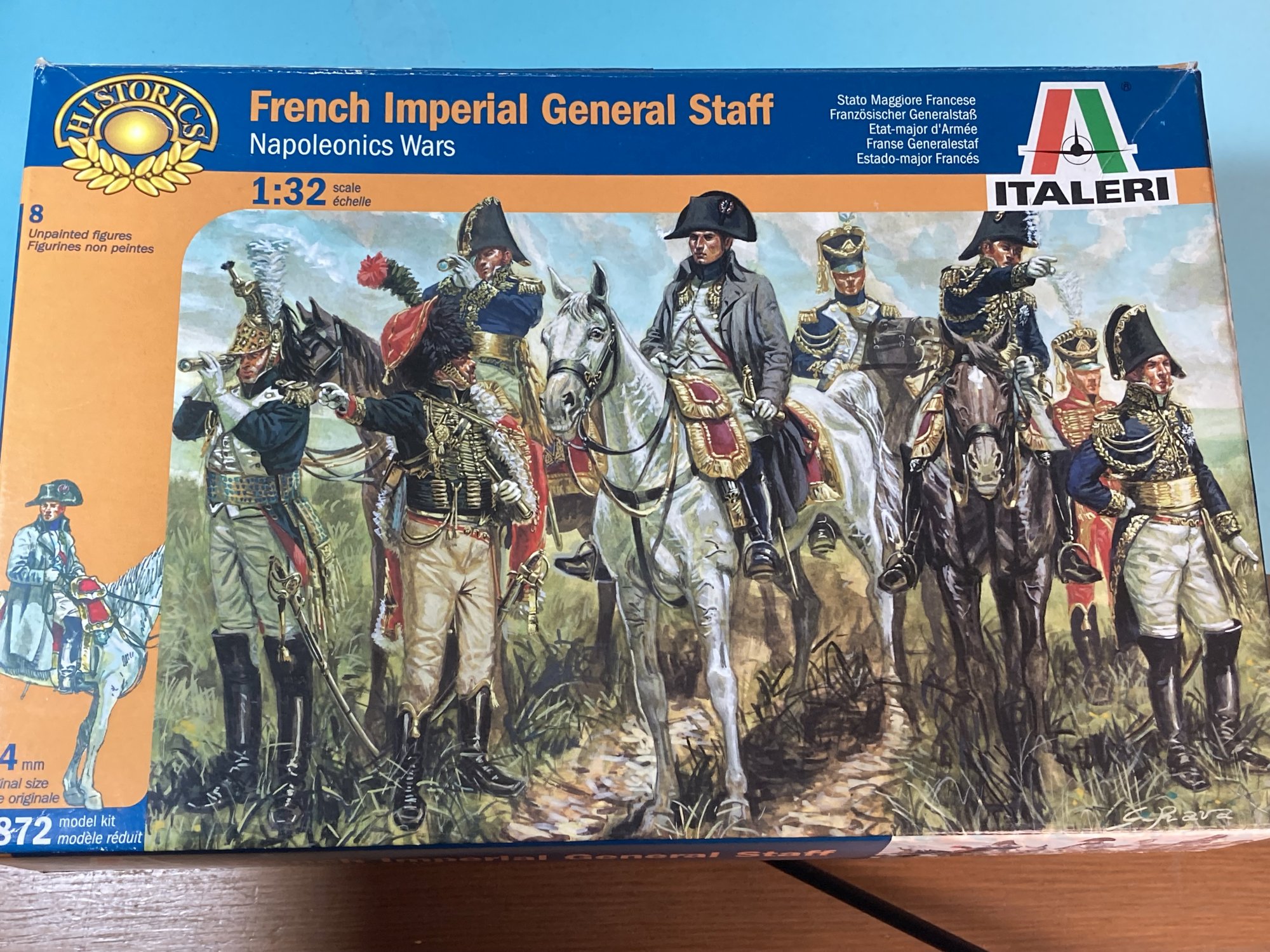
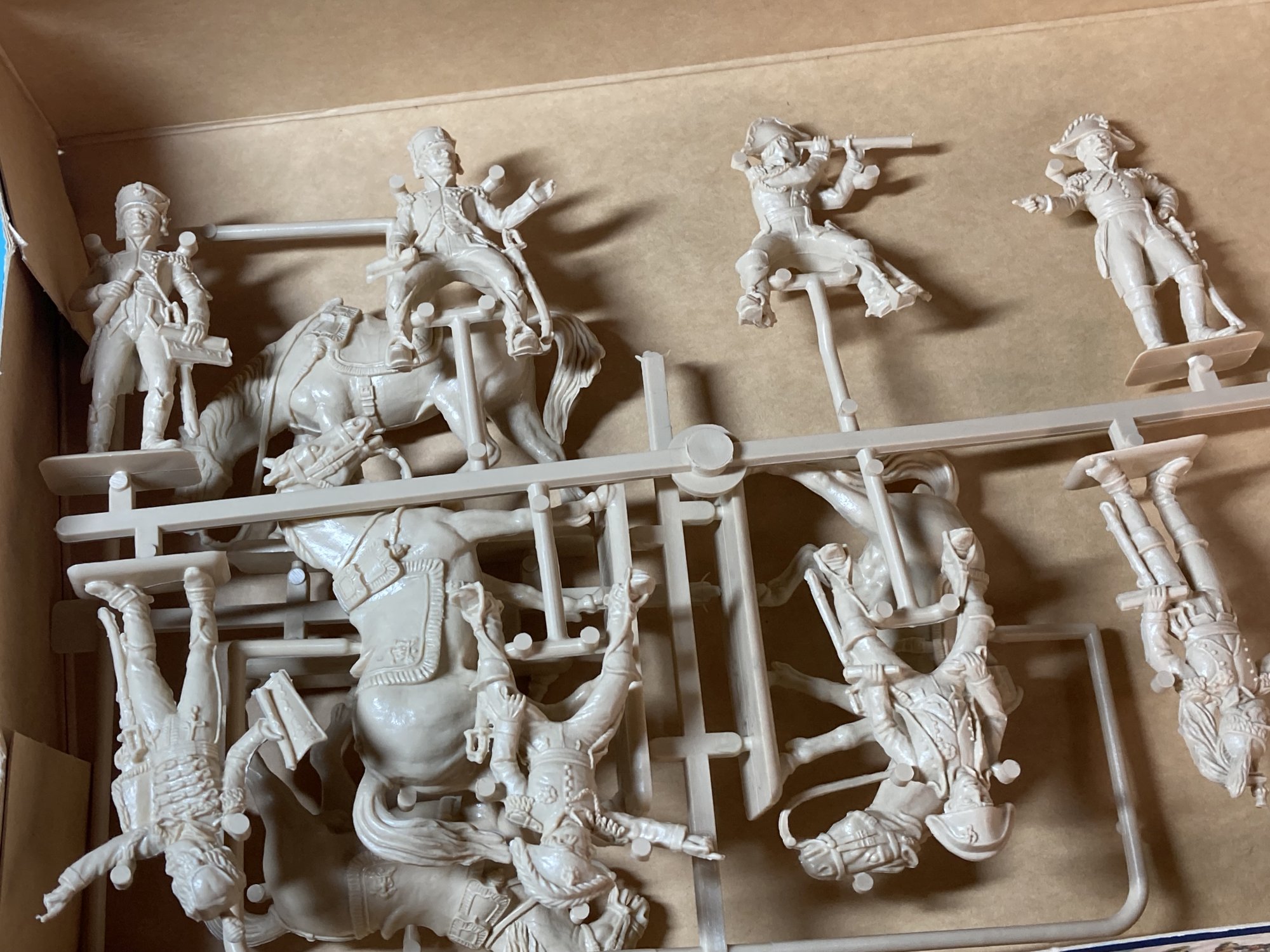
There is a very common mistake among collectors that consists of thinking that the value of a mounted and painted figure depends on the material with which it is made. Nothing further from reality. The quality of a military miniature will always depend on the level of paint it presents. What gives cachet and value to a figure is the quality of the painting.
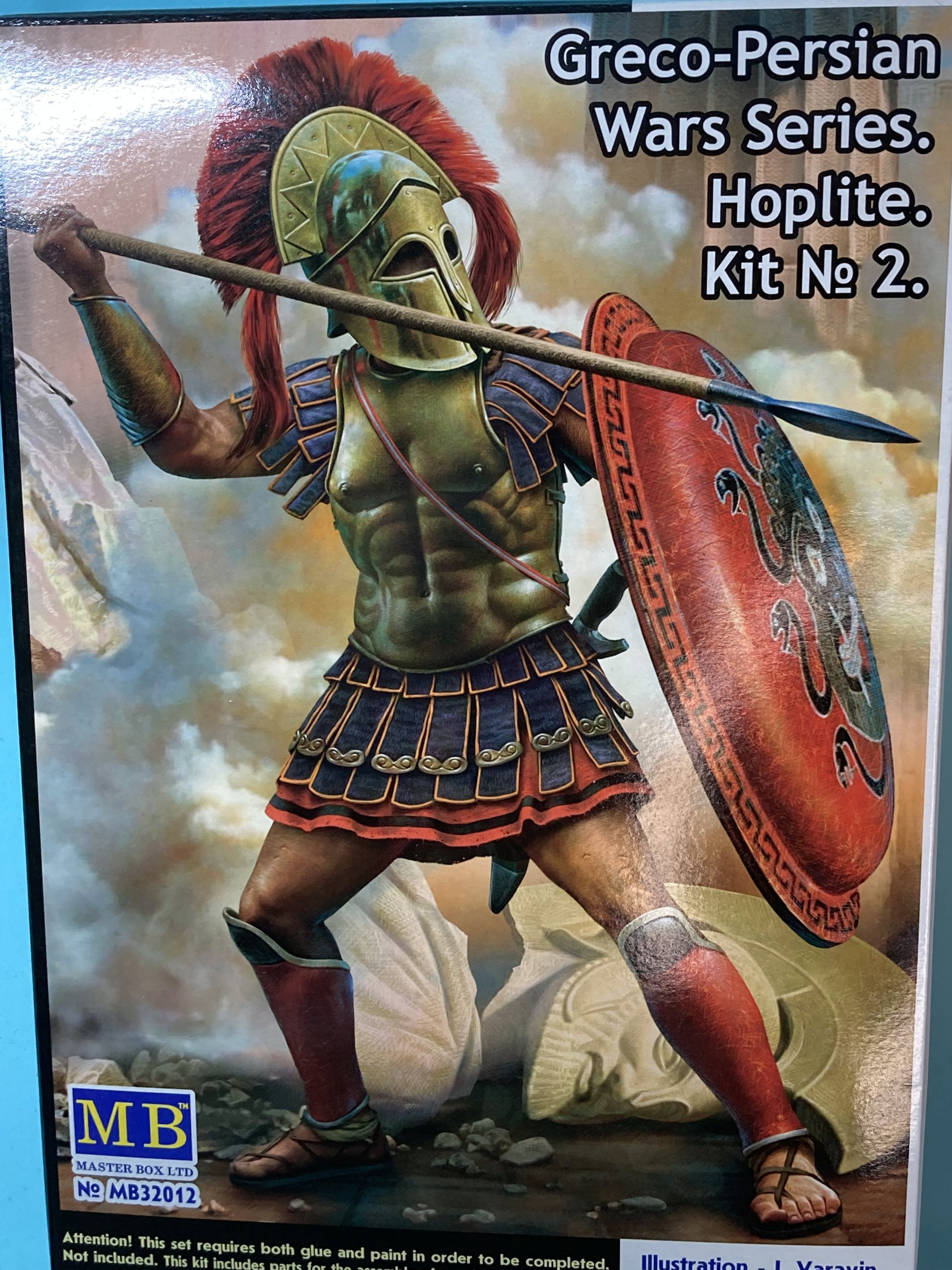
SCALES OF MILITARY MINIATURES
- Small scales.
The main small scales would be:- 1/86 - Named in the world of HO scale electric trains.
- 1/72 and 1/76 - They are pretty much the same scale. There is a wide variety of figures at these scales, especially made of soft plastic (polyethylene). You can practically find all the historical armies in the world on the market. Very noteworthy are the figures of the former powers of the Eastern bloc who have earned a place in the international market with high-quality figures.
- Medium scales
- 1/48 - Very popular also among collectors. Great variety of materials and themes. Lately, the 1/48 figures of the Second World War have become popular.
- 1/32 or 1/35 - Popularly known as the 54mm figures. This scale is probably the queen of military miniatures. Any era and any theme can be found in plastic, metal and resin on this scale, which is the one with the most followers.
- Large scales
- 70, 75 and 90mm - High quality figures normally injected in metal and resin.
- 120mm - High quality resin figures. There is not much variety and they are hard to find.
- Scales for the figures of the war game (Wargames).
These figures designed to play the game of war with large armies would also be in the category of military miniatures. The scales are classified according to the height of the figures, the most popular being the following:- 6mm
- 15mm
- 20mm
- 28mm
- 30mm They are usually figures in white metal. They are not difficult to paint. They are painted in series, pasting several figures on a base.
